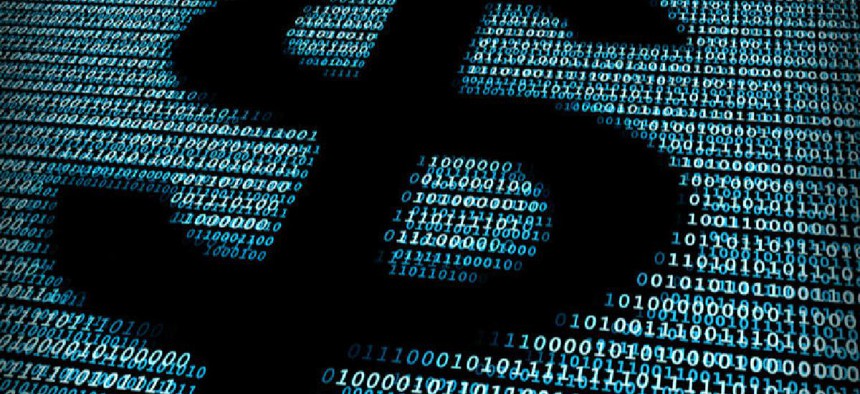TMF money, more leave in Senate's take on COVID relief

The $1.9 trillion relief package could give federal employees up to 15 weeks of pandemic-related paid leave.

The Senate version of the massive $1.9 trillion coronavirus relief bill released on Thursday includes resources for technology modernization, paid leave for feds and money to fight unemployment insurance fraud.
The bill, which is being moved in the Senate through the budget reconciliation process so that Democrats can pass it without Republican votes despite their slim majorities, is currently being debated. If it passes, the House will have to hold another vote to account for changes between the House and Senate versions.
Democrats are looking to pass the bill by March 14, when a series of expanded unemployment benefits is set to expire.
President Joe Biden had initially requested a $9 billion investment in the Technology Modernization Fund as part of the American Rescue Plan. Some senators initially objected to that funding, but the latest Senate version of the bill includes a $1 billion appropriation to TMF that would be available through Sept. 30, 2025.
That amount would still be an significant hike for the revolving fund, which has received annual updates of around $25 million since it was created in 2017.
Industry groups have lobbied for the increased funding, saying that recent cyberattacks demonstrate the need for investment in technology modernization.
The Senate bill also keeps the 600 hours, or 15 weeks, of additional paid leave for feds that was included in the House version. It appropriates $570 million for an emergency leave fund to be administered by the Office of Personnel Management. Postal workers would also be covered by the provision, which would be available from when the bill becomes law through Sept. 30, 2021.
The extra paid leave could be used for a variety of pandemic-related reasons, like COVID-19 related isolation, self-quarantine mandated by a healthcare provider, vaccination, or COVID-19 symptoms that the employee is seeking a medical diagnosis for.
Federal employees could also use it to care for individuals self-quarantining, a child whose school is closed or doing virtual or hybrid learning, or an elderly or disabled family member whose place of care is unavailable because of COVID-19.
Although much of the basics are the same as those in the House version, the original House requirement that feds first burn through all other types of available sick leave is gone.
Feds wouldn’t be able to use this pandemic emergency leave concurrently with other types of paid leave. Using the leave would affect the total service numbers that determine federal civilian retirement benefits.
Finally, the bill also includes additional funding for the Labor Department to help with unemployment aid rollout, which has been marred by massive amounts of payouts to fraudulent claims since the onset of the pandemic.
The Senate bill would give the Labor Secretary $2 billion for unemployment benefits administration.
The Labor Department has been taking a state-by-state approach, but a national approach to combat fraud is what’s needed to respond to the “dual attack” of COVID-19 and fraud, Suzan LeVine, principal deputy assistant secretary for employment and training at the Department of Labor said DOL, said during a press call with reporters on Feb. 25.
The agency would be able to use those funds to give grants to states to create ID verification tools, implement federal guidance for fraud detection and prevention, or speed up claims processing. It could also use the funds for system-wide infrastructure investment or agency administrative costs.
NEXT STORY: FCW Insider: March 5






